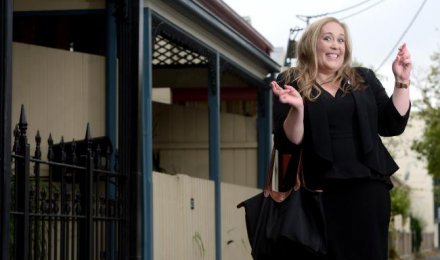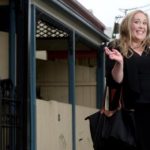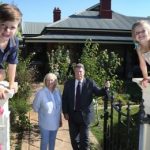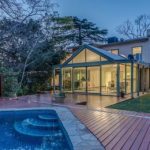According to CoreLogic RP Data, 11 suburbs had a median sale price of $1 million or more during the year.
Harcourts acting chief executive officer Andrew Friebe said 2014 had seen strong sales of million dollar homes and the forecast for 2015 was promising.
“It’s been very productive for sales of million dollar homes and prices tend to be holding, and it should flow into the new year as well,” Mr Friebe said.
READ MORE: More million dollar suburbs
Springfield had the top median price for the year, with a median sale price of $1.9625 million recorded for September.
Medindie and Toorak Gardens both had a median sale price of $1 million or more every month this year, Leabrook and Unley Park for 10 months, Malvern and Walkerville eight months and North Adelaide, Rose Park and Tusmore for seven months.
Springfield had a million dollar median for three months, Gilberton for two months and Auldana for one month.
Leabrook and Walkerville did not record million dollar medians to November last year, and Fitzroy and Tennyson, which made the list last year, did not this year.
For a suburb to have a recorded median sale price for a month it must have had at least 10 recorded sales in the 12 months to the previous quarter.
So what exactly does a million dollar suburb look like, who lives there and how do they live?
Based on the average of the 11 suburbs mentioned above, we can paint a picture of exactly what a million dollar suburb looks like.
On average, Adelaide’s million dollar suburbs are 4km from the city and have each had 26 house sales in the past 12 months for $1.181 million.
Residents hold onto their properties for just over nine years and houses rent for $571 a week.
A million dollar suburb has an average population of 1950 residents with a median age of 45, who bring in a total weekly household income of $1846.
Almost 75 per cent (73.2 per cent) of residents are born in Australia and the average household size is 2.4 people.
Almost half (46.3 per cent) of homes are owned outright, 28.5 per cent are being purchased and another 23.5 per cent are being rented.
Separate houses make up about 70 per cent of the housing stock in a typical million dollar suburb, 13.1 per cent are townhouses or villas and 17 per cent are units or apartments.
Of all residents, 63.4 per cent were living in their current home five years ago.
Bernard H Booth Real Estate agent Patrick Booth said rules against subdivision in million dollar suburbs helped maintain their large block sizes and, subsequently, their high price tags.
“The heritage and conservation zones that are set up reduces further supply, so the character of the area is maintained,” Mr Booth said.
“A lot of these suburbs have established tree-lined avenues and wide streets and the councils maintain these very well and the infrastructure helps create the amenity that people love.”
He said it would only be a matter of time before a coastal suburb carried a million dollar median.
“If you look at Henley Beach, as the prices push up along the front few streets, this pushes back and back … so you will probably see in the not too distant future a median pushing close to a million dollars,” Mr Booth said.
Stephen and Denni Noble bought their 146 Grant Ave Toorak Gardens home in 1998.
Originally from Waikerie, they were attracted by Toorak Gardens’ large block sizes and proximity to schools and services.
“We can walk into the city and it’s well located for both state and private schools,” Mrs Noble said.
“The block size was an attraction and around us are a lot of other big blocks — we’ve got five children, so we needed the space.”
The couple auctioned their home on the weekend to move to a larger property in Crafers.
“There have been quite a lot of houses sell in our street recently and there has been a lot of interest,” Mrs Noble said.
Mr Friebe said the quality of the homes in these million dollar suburbs was a strong drawcard.
“There are quality homes in these suburbs, whether they be grand older homes or new builds, and to have all the amenities there and have everything at your fingertips makes these suburbs very much about the whole lifestyle associated with them,” Mr Friebe said.
Mr Friebe said access to great shops, services and hospital meant many residents stayed in their homes long into retirement.
“It’s hard to buy something better, and if you have a house worth $3 million, for example, there aren’t too many steps up from there,” Mr Friebe said.







